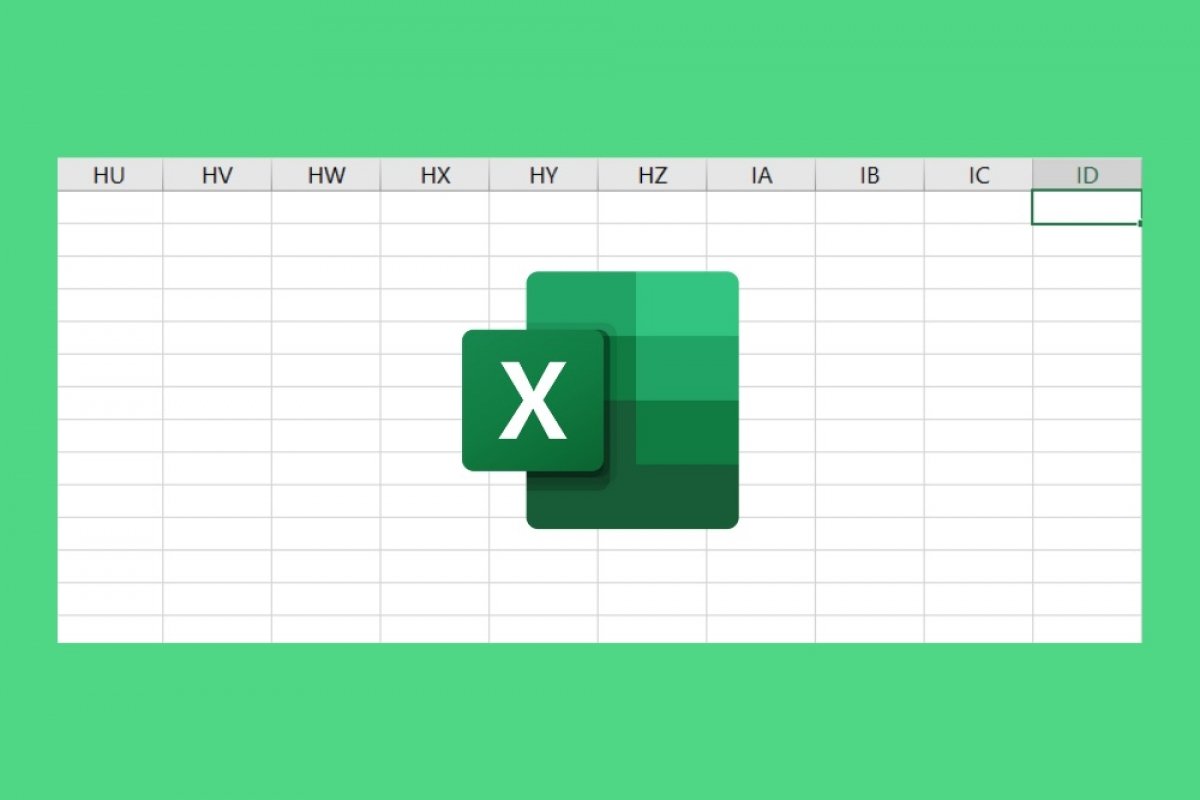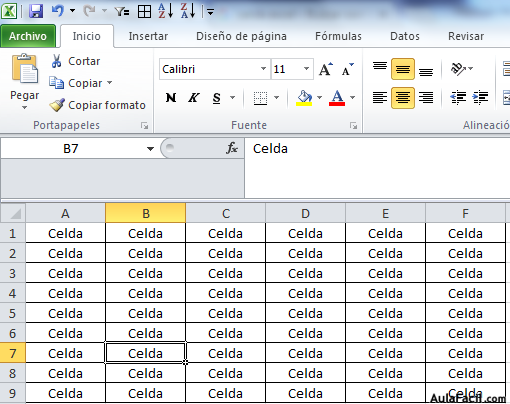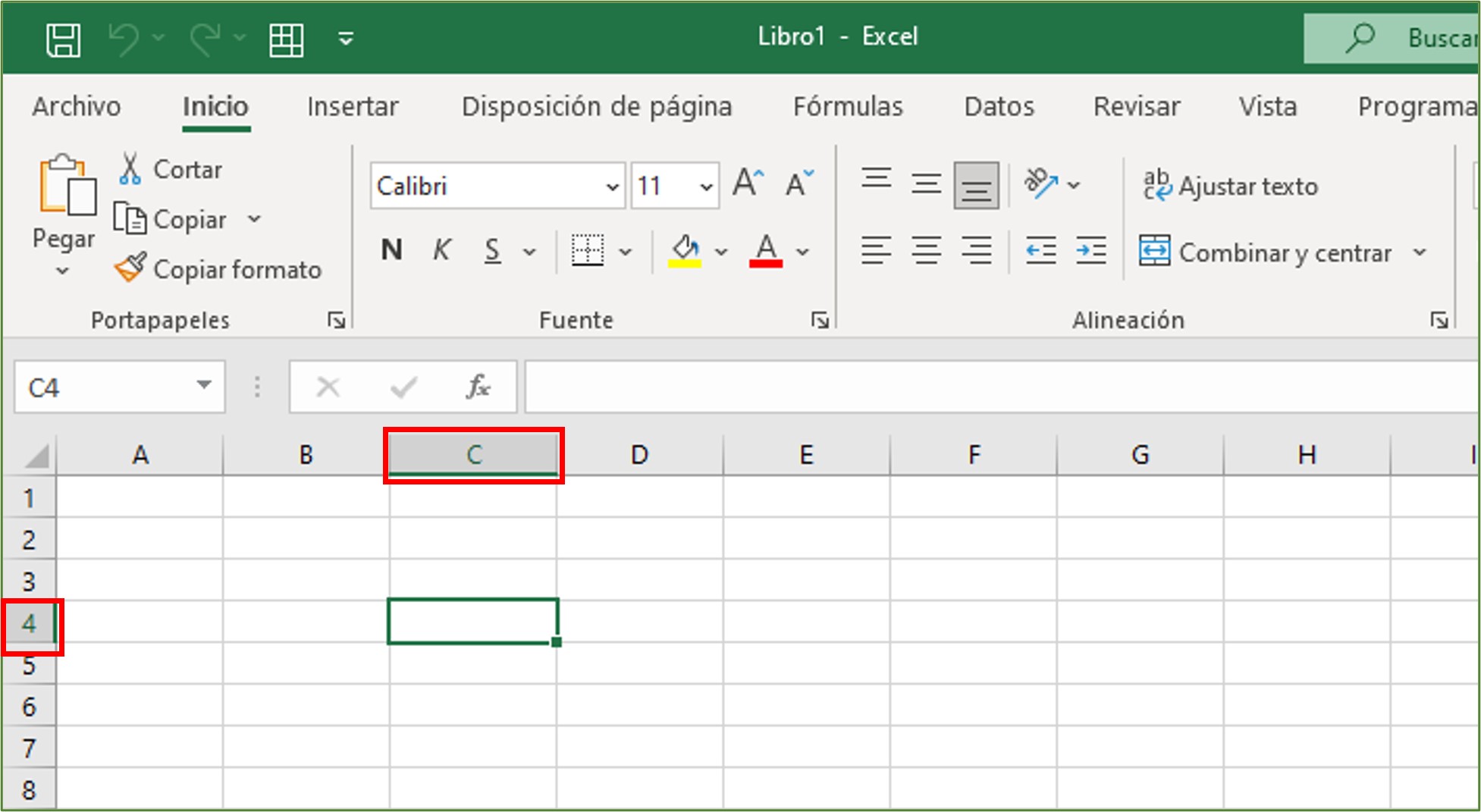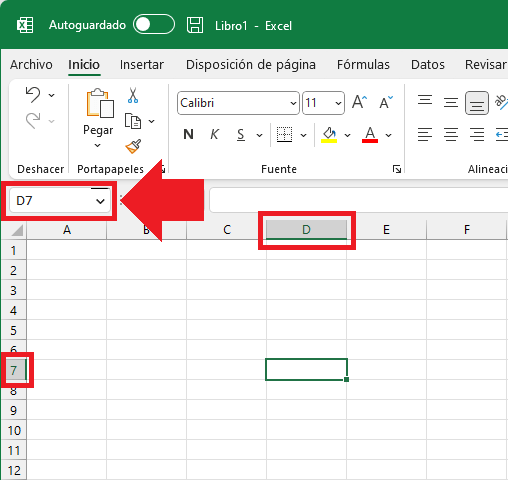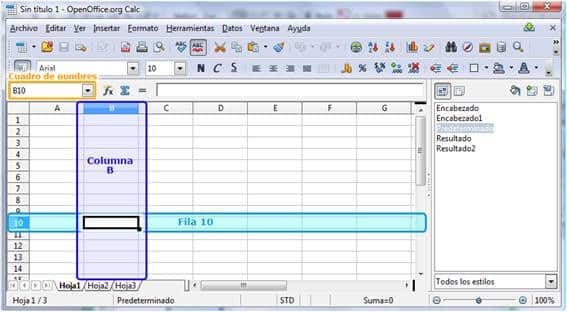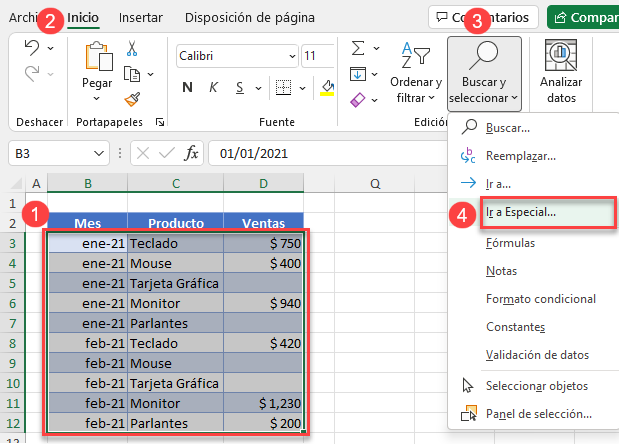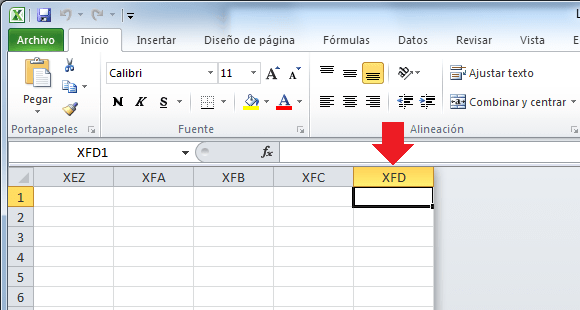Cuantas Celdas Tiene Una Hoja De Excel 2010

Imagine a sprawling digital landscape, a vast grid stretching out before you, each tiny rectangle brimming with potential. Think of the possibilities: budgets meticulously balanced, complex datasets elegantly visualized, and groundbreaking insights just waiting to be uncovered. This is the world of Microsoft Excel, a tool synonymous with organization and analysis, and at the heart of it all lies a simple question: how many cells are we really working with?
The answer, specifically for Excel 2010, is a staggering 1,048,576 rows and 16,384 columns, totaling a massive 17,179,869,184 cells. This article explores the magnitude of this number, delves into the evolution of Excel's grid, and considers the implications of this vast digital canvas for users both novice and expert. Knowing the capabilities of this software is critical for maximizing productivity.
A Brief History of the Excel Grid
The evolution of the Excel grid reflects the ever-increasing power of personal computers and the growing demand for data handling capabilities. Early versions of Excel, like those from the late 1980s and early 1990s, were significantly more limited in their row and column counts. Over time, as computers became more powerful and memory capacity expanded, Excel's grid grew to accommodate larger datasets.
For example, Excel 4.0 (released in 1992) had just 16,384 rows and 256 columns. The jump to the 2007 version was a considerable change. It introduced the modern million-plus row count that has been in use since.
This expansion allowed users to work with larger and more complex datasets without having to split them into multiple files. The increased cell count empowered individuals and organizations to perform more sophisticated analysis, modeling, and reporting.
Excel 2010: A Sweet Spot
Excel 2010, while not the newest version, holds a significant place in Excel's history. It represents a stable and widely adopted iteration of the software. It strikes a balance between functionality and resource requirements, and remains powerful enough for most users while running efficiently on a broad range of hardware.
The 1,048,576 rows and 16,384 columns found in Excel 2010 offer ample space for most data analysis tasks. Whether you're tracking sales figures, managing project timelines, or analyzing scientific data, the sheer number of cells provides a considerable workspace.
It's worth noting that later versions of Excel maintain this same grid size. Microsoft found that the 2010 capacity adequately serves most users.
Understanding the Implications
The vastness of the Excel grid has important implications for how users approach their work. Efficient data management and organization become critical when dealing with such large spreadsheets. Imagine trying to manually sort through millions of rows without proper indexing or filtering!
Careful planning and the use of Excel's built-in tools, such as tables, filters, and formulas, are essential for navigating and extracting meaningful insights from large datasets. Knowing how to utilize features like VLOOKUP or PivotTables becomes crucial for efficiency.
Furthermore, users must be mindful of file size and performance. Large spreadsheets can consume significant system resources and may take longer to open, save, or calculate. Optimizing formulas and reducing unnecessary data can help mitigate these issues.
Beyond the Numbers
Ultimately, the number of cells in an Excel worksheet is more than just a technical specification. It symbolizes the power and potential of the software as a tool for data exploration and problem-solving. Each cell represents a potential data point, a piece of information that can contribute to a larger understanding.
As technology continues to evolve, we can expect even more powerful data analysis tools to emerge. But the fundamental principles of data organization and analysis, embodied by the familiar grid of Excel, will likely remain relevant for years to come.
So, the next time you open a new Excel worksheet, take a moment to appreciate the vast digital canvas before you. Embrace the possibilities. Start filling those cells with data and uncovering the stories they have to tell. The journey of data discovery awaits!





